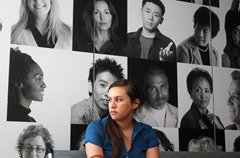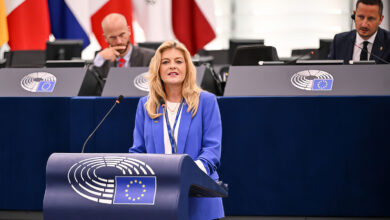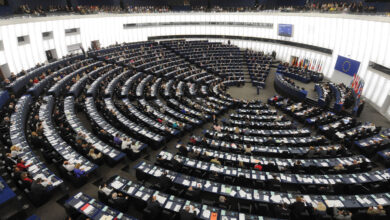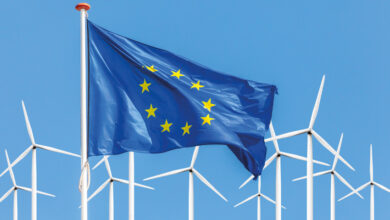Europe’s unemployment picture
 While euro zone unemployment remains stubbornly high, Ireland has returned to the average after a year of progress in job creation. The euro zone’s rate was 12.1 per cent in November 2013, compared to 11.8 per cent a year previously. Ireland’s rate fell from 14.3 per cent to 12.3 per cent over the year, the largest decrease in the euro zone.
While euro zone unemployment remains stubbornly high, Ireland has returned to the average after a year of progress in job creation. The euro zone’s rate was 12.1 per cent in November 2013, compared to 11.8 per cent a year previously. Ireland’s rate fell from 14.3 per cent to 12.3 per cent over the year, the largest decrease in the euro zone.
19.2 million people are unemployed across the euro zone, an increase of 452,000 over the year. Spain and Greece have, by far the highest rates (26.7 and 27.4 per cent) while those in Austria and Germany are exceptionally low (4.8 and 5.2 per cent). By way of comparison, unemployment stands at 7 per cent in the USA.
The dole queues include 3.6 million young people aged under 25 but this figure had only increased by 2,000 since the previous November. The rate remains high at 24.2 per cent, up slightly from 23.9 per cent. Ireland made considerable progress, falling from a
29 per cent rate to 24.8 per cent over the year. This is now comparable to France rather than with Cyprus, Bulgaria and Poland.
Unemployment stands at 10.9 per cent across the whole EU. Europe’s progress in cutting joblessness was reversed within a year of the credit crunch. Unemployment then plateaued around 10 per cent in 2010 before rising again in the euro zone crisis.





